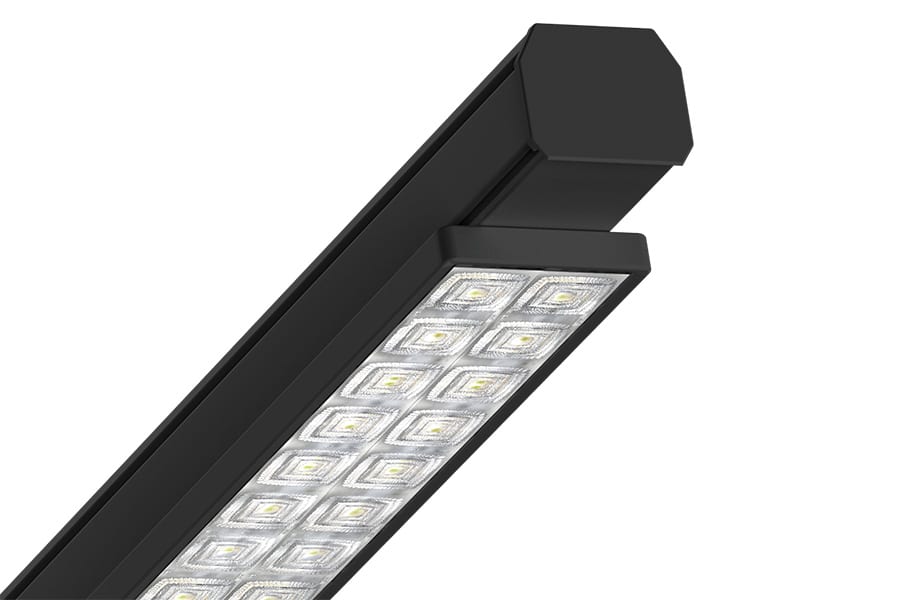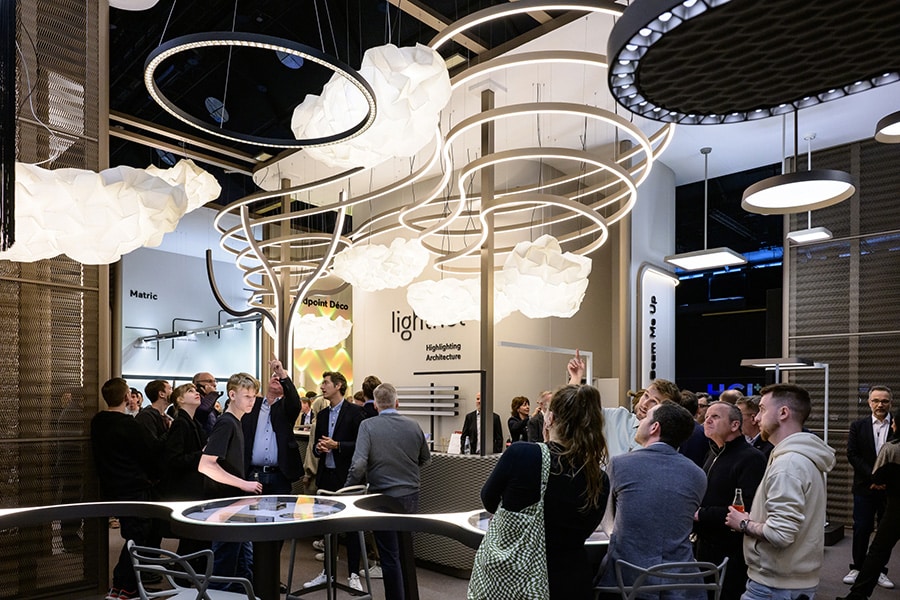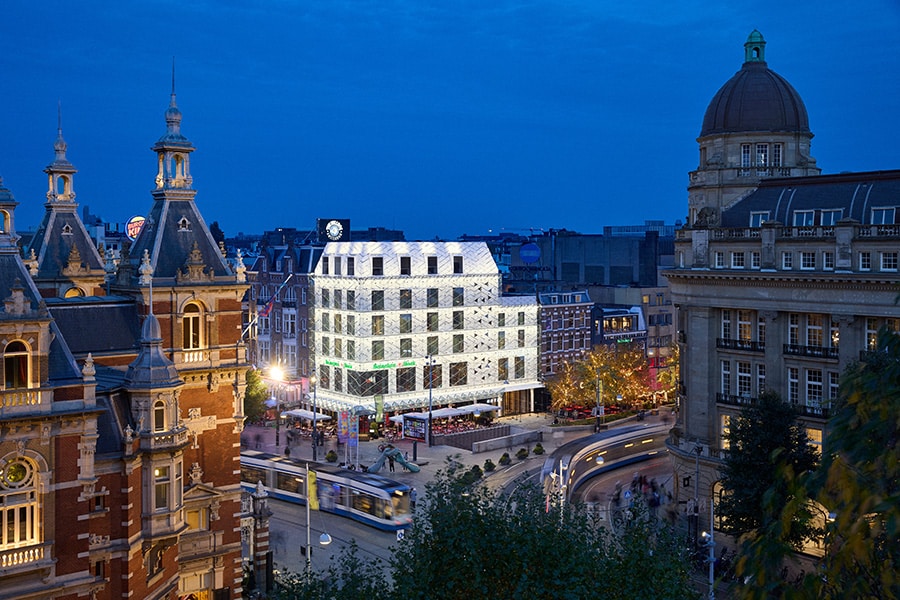
Why build with PEFC wood?
Positive contribution sustainable managed forest. Valuable wood contributes to well-being of users
"Building with wood is great, but you have to know where the wood comes from," is the belief of Maarten Willemen, president of PEFC Netherlands. The international PEFC label guarantees that wood and paper products come from a sustainably managed forest.

"Globally, forests are disappearing and you don't want the wood to come from those areas." As one of only two private voluntary systems, PEFC guarantees that the wood comes from sustainably managed forests. "These are forests that remain forests; where for every tree that is harvested at least another tree grows back. Forests where attention is also paid to biodiversity and human rights."
Value and residual value of a wooden building
Wood is booming as a building material and that is logical, according to Willemen: "At present, building with wood is even more expensive than with other materials. You could also say that other materials are too cheap because CO2 tax is not taken into account. In the near future, this tax will probably be included in the price of materials. But the value and residual value of a wooden building are already much greater now. After all, wood is reusable, while traditional materials mainly produce waste that has to be disposed of. These factors are still hardly taken into account when designing. My contention is that a wooden building is even more expensive now, but has much more value and residual value."

PEFC does not sell wood, of course, but is a passionate advocate for the use of certified biobased materials: "Almost everyone would like to make a positive contribution so that at least the climate crisis does not get worse. Building with sustainable wood contributes to this."

On average, a cubic meter of tree removes about 1 ton of CO2 from the air and converts this greenhouse gas into oxygen and wood. If built with this wood, the CO2 remains stored in the material. Willemen: "A classic house actually breathes out CO2."
Faster construction and greater well-being
Willemen explains that wood as a building material also contributes to the well-being of its users. "People feel happier in a wooden environment. Natural materials have a demonstrably positive effect on well-being and that's what society is looking for more."
With wood, it is also possible to build faster. "In factories, almost complete prefabricated buildings can be realized. By using prefabricated walls and units, a building can be erected in a short time. Other advantages include little transportation and less waste. Also, less space is needed to build and this is very nice in an urban environment, where there is no room for a large construction site."
PEFC is committed to continuing to tell the story of certified wood, to answer questions and clear up misunderstandings. One way the organization does this is through the knowledge sessions Tomorrow's Timber Talk (pefc.nl/talks).
"That's a program we've been running successfully for a while now with authors Pablo van der Lugt and Atto Harsta of the book Tomorrow's Timber. We have developed this program with these two architects who hold stories for architects and other interested parties. They advise on building with wood and its advantages and disadvantages."




